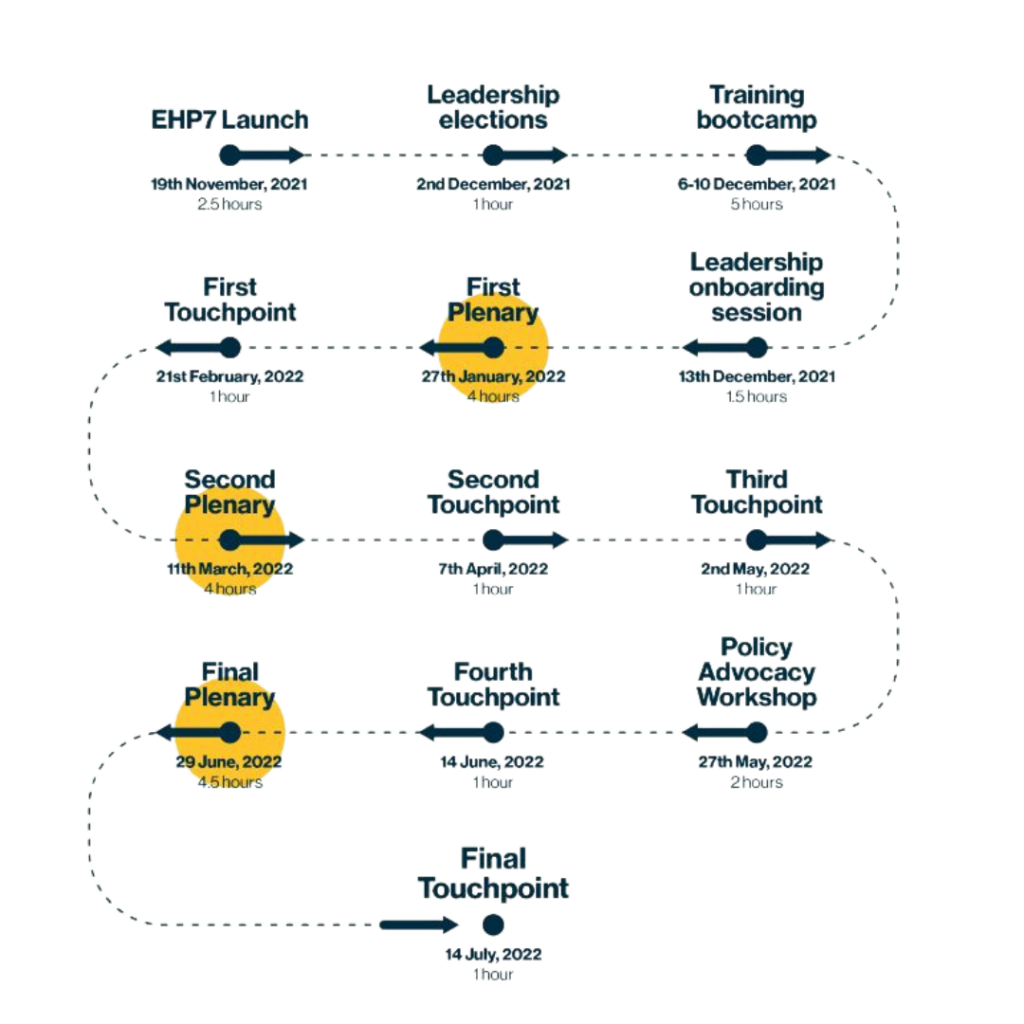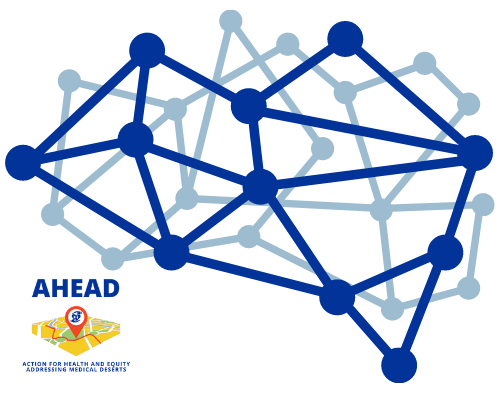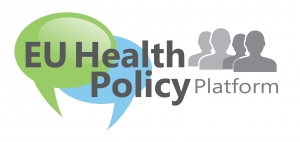How can participatory consensus building contribute to successful policies to counteract medical deserts?

One of AHEAD’s unique selling points is our participatory consensus building methodology.
It is known from literature that successful implementation of health workforce policies requires strong inter-sectoral governance and consensus building among the different stakeholders involved. As a consortium, we have therefore set out to draft, test and validate a consensus building methodology, in order to increase the chances of successfully counteracting medical deserts.
With the consensus building methodology, we aim to achieve the following:
- Implemented in the AHEAD partners’ countries, it contributes to the identification and development of practical, feasible and context-specific policy options, that will support policy makers in their decisions on health workforce issues.
- Implemented, contextualised and evaluated across the AHEAD partners’ countries, it will result in a validated methodology, that we will share in a practical guidance document, so that other organisations can apply the same methodology in their own context.
This method consists of two phases at local level and one at national level, all with facilitated dialogues:
Phase 1 (local level): Dialogues among groups of community representatives, among health workers and health managers and among local policy makers/policy implementers to discuss country research findings and set priorities.
Phase 2 (local level): Representatives from each group come together to discuss their priorities and jointly agree upon a priority of policies representing “the ideal mix of measures”, including advantages and trade-offs.
Phase 3 (national level): Discuss and select measures in a dialogue between local and national level policy makers.
We will share more on consensus building on a new page on our website. Stay tuned!











